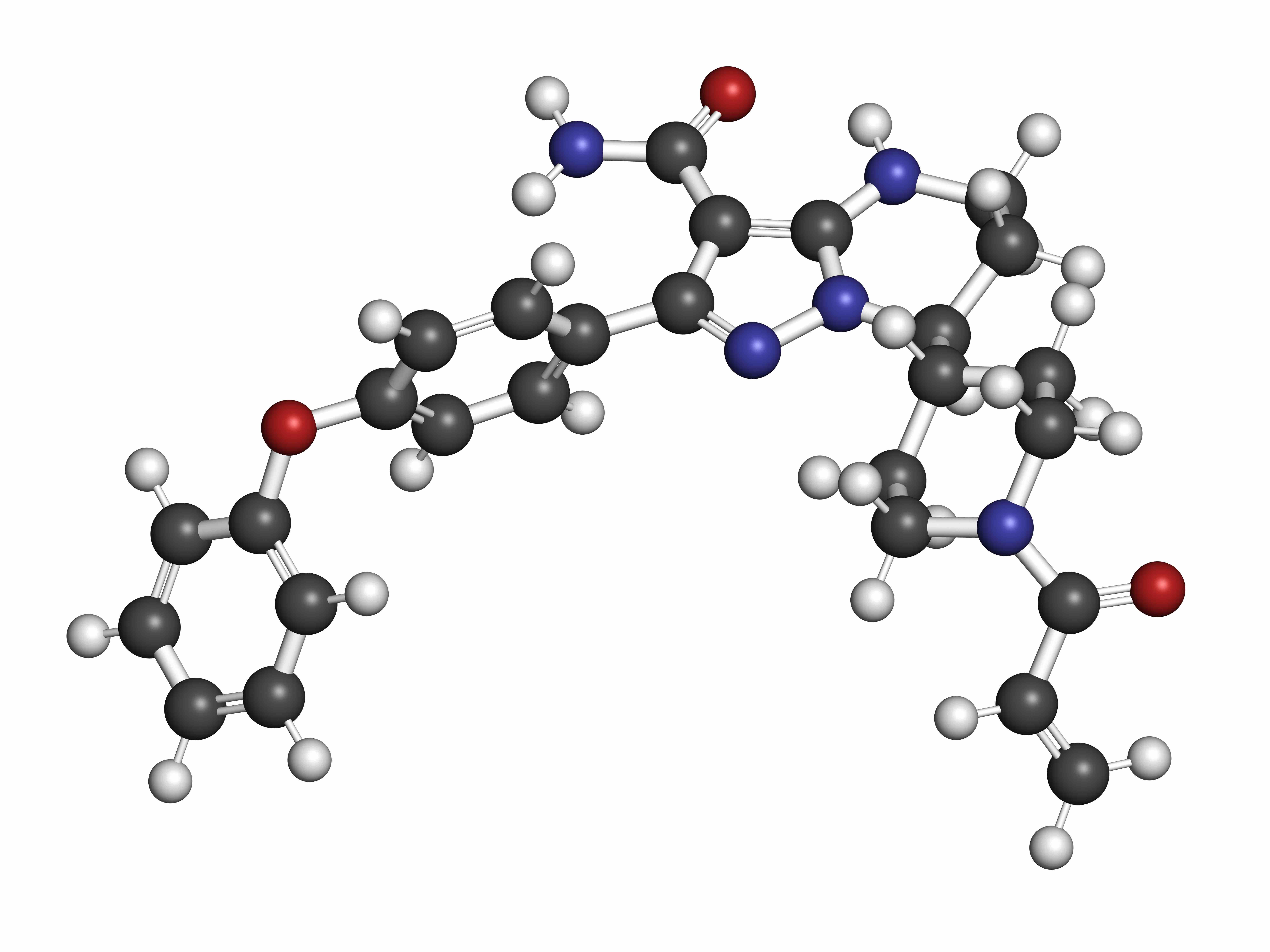Article
FDA Extends Review Period for Quizartinib for Adults With FLT3-ITD–Positive AML
Author(s):
Daiichi Sankyo announced that the new deadline for review of the application is July 24, 2023.
Note: This article has been updated to reflect the correct revised PDUFA date.
FDA has added 3 months to the review timeline for quizartinib, an investigational therapy for the treatment of adult patients with newly diagnosed FLT3-ITD-positive acute myeloid leukemia (AML), an aggressive form of the blood cancer.
Daiichi Sankyo announced that the new deadline for review of the application is July 24, 2023.
In its statement, the company said FDA has extended the Prescription Drug User Fee Act (PDUFA) action date by 3 months to allow additional time to review requested updates to the proposed Risk Evaluation and Mitigation Strategies (REMS) included in this application. No additional efficacy or safety data has been requested.1
The company is seeking approval to give patients an additional treatment option for a type of AML that creates a higher risk of relapse and reduced risk of overall survival. AML is one of the most common types of leukemia, accounting for a third of all new US cases, according to the American Cancer Society. AML will account for 20,380 cases and 11,310 deaths in 2023. Of the new AML cases, about 25% will have the FLT3-ITD-positive mutation.
Rutstein

“We are continuing to work with the FDA to facilitate completion of their review of the quizartinib new drug application in order to bring this important medicine to patients as soon as possible,” said Mark Rutstein, MD, Global Head, Oncology Clinical Development, Daiichi Sankyo. “Quizartinib was shown to improve overall survival when added to standard chemotherapy and continued as monotherapy and has potential to change the standard of care for patients with newly diagnosed FLT3-ITD positive AML.”
The application is based on findings from the QuANTUM-First trial (NCT02668653), which led FDA to grant priority review in October 2022. These data show that for adult patients with newly diagnosed FLT3-ITD positive AML, quizartinib plus standard cytarabine and anthracycline induction and standard cytarabine consolidation chemotherapy, and continued as monotherapy following consolidation, demonstrated a statistically significant and clinically meaningful improvement in OS compared with chemotherapy alone.
Results were presented at the 2022 European Hematology Association Congress, and showed that after a median follow-up of 39.2 months, patients in the quizartinib arm had a 22.4% reduction in the risk of death (HR, 0.776; 95% CI, 0.615-0.979; 2-sided P = .0324). Patients taking quizartinib reached a median OS of 31.9 months (95% CI, 21.0–not estimable) compared with 15.1 months (95% CI, 13.2-26.2) for the placebo arm.2
In an email, one of QuANTUM-First’s investigators, Mikkael Sekeres, MD, MS, chief of the Division of Hematology at Sylvester Comprehensive Cancer Center, the University of Miami Health System, explained quizartinib's potential role as an important option for certain patient groups, if it is approved.
“Right now,” Sekeres said in the email, “the standard FLT3 inhibitor (and the only FLT3 inhibitor) approved for upfront use in combination with intensive chemotherapy for patients with AML is midostaurin.” Midostaurin, he said, was approved based on a trial that showed the drug’s superiority to intensive chemotherapy alone administered to younger patients with either the poor-risk FLT3 ITD mutation, and to patients with the intermediate-risk FLT3 TKD mutation.
If approved, he said, quizartinib could be "an important option to older AML patients, and to those with the FLT3-ITD mutation."
References
- Quizartinib NDA review for patients with newly diagnosed FLT3-ITD positive AML extended by FDA. News release. Daiichi-Sankyo. April 20, 2023. Accessed April 24, 2023. https://www.daiichisankyo.com/files/news/pressrelease/pdf/202304/20230420_E.pdf.
- Erba H, Montesinos P, Vrhovac R, et al. Quizartinib prolonged survival vs placebo plus intensive induction and consolidation therapy followed by single-agent continuation in patients aged 18-75 years with newly diagnosed FLT3-ITD+ AML. Presented at: 2022 European Hematology Association Congress. Vienna, Austria. June 9-11, 2022. Abstract S100.




